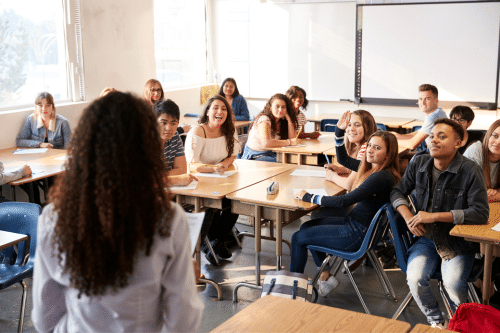Are you worried that your students are disengaged or that you aren’t meeting performance goals? It might be time to update your teaching methods for Gen Z.
Because Gen Z thinks and learns differently than the generations before it, traditional teaching methods may not be effective. A study by EY and JA Worldwide found that only 54% of students are confident the education system is preparing them for the future of work—that’s a 10% drop in recent years.
Post-pandemic, education is entering a new paradigm where students expect and prefer a hybrid/in-person format and the interaction that goes along with it. To boost student achievement and meet the changing needs of students and employers, schools need to rethink their curriculum.
Here are five ways that Gen Z students are unique and ways that educators can meet those differences.
Gen Z Want to Know the Why
The research about Gen Z students shows that they’re passionate and excited about getting to the next step in their lives–whether that’s going to college or getting their first job–but may not have much patience for the learning process that takes them there. One teacher interviewed by Adobe explained: “Because they have so much electronic media at their fingertips, they don’t have to spend time reinventing the wheel. Their efforts can be directed at NEW things, thoughts, and projects.”
Lisa Dunne, PhD., author and education expert, cautions that Gen Z students won’t engage with coursework that they can’t connect to their immediate futures. “We need to get them to that ‘why’ modality—understanding how what they’re doing now connects them to the bigger picture. As educators, it’s easy to get caught up in ‘this is how we’ve always done it.’ We need to be really careful about getting stuck in those ruts and rethink the educational process itself.”
How Educators Can Adapt: Connect Learning Objectives to Real Life
To combat disengagement, go the extra mile to connect your coursework to real-life applications. Give students a rationale for the content and include them in the learning objectives. Ask them at the beginning of a semester what they want to get out of the course, and circle back to objectives often. You can also ask students to find examples of your course content playing out in current events or in the media.
Gen Z Prefers Short and Engaging Content
Gen Z earned the nickname “the Now Generation” because they’re used to pulling up any information on demand. Gen Z students have an average attention span of eight seconds, one-third less than Millennials’ span of 12 seconds. In an educational context, they want to learn faster and don’t have a tolerance for slow processes.
How Educators Can Adapt: Ditch the Straight-Up Lecture
Kimberlee Mendoza, PhD., whose research focuses on Gen Z in the classroom, says that straight lectures are the number one reason for student disengagement. “Ten minutes in, you are going to lose them if you don’t give them short spurts of something. Do you really want someone just sitting them for 50 minutes, not learning anything? That’s not why we become educators.”
Instead, educators should give short bursts of content, breaking up lectures every 10 minutes by playing a video, having a discussion, or a group activity that facilitates movement. You can even encourage students to get up and move around the classroom.
“This is a kinesthetic generation. 90% of people in my study had some form of kinesthetic need,” said Mendoza. “We’re expecting them to just sit there and listen when they’re not auditory. In fact, everyone I interviewed could not do auditory just by itself—they’re very kinesthetic. So that activity, they really need it or they’re not engaged.”
Gen Z Prefers Technology-Based Learning
Gen Z is the first generation of truly “digital natives”– people who can’t imagine their life without constant technology. 98% of Gen Z own a smartphone and frequently use multiple screens at a time. They’re the biggest consumer of video content, favoring short video content and using YouTube more than any other social media platform.
A study by the University of Nebraska found that Gen Z students spend 19.4% of classroom time using a device for non-class purposes, an average of nine times in a school day.
How Educators Can Adapt: Incorporate Technology
Many teachers view smartphones as a distraction from classroom learning, but that isn’t necessarily the case. While students may use a phone or tablet to tune out, they can also use it to enhance learning like taking notes or finding supplementary sources.
Find ways for your students to engage with course material using their phones, like Kahoot! polls or learning games. Online quizzes give students immediate feedback, which Gen Z students love. Encourage note-taking and engagement with classroom apps like Canvas. You can also share YouTube videos about how to cite sources or make a Loom video explaining an assignment.
Outside of the classroom, give students tools where they can practice their knowledge at their own pace, rather than busywork assignments. Tools like SkillMill help students embrace technology by allowing them to learn virtually with online immersive simulations that can be accessed both in the classroom and at home.
Gen Z Prefers Experiential Learning
An Adobe study about Gen Z found that both students and teachers believe Gen Z learns best through doing and creating, and thrives on hands-on experiences. This isn’t new: as early as the 1960s, researcher Edward Dale’s “Cone of Experience” theorized that people generally recall 10% of what they read, 20% of what they hear, 50% of what they see and hear, and 90% of what they do.
Gen Z teachers believe that hands-on learning is the number-one way they can prepare students for the workforce, but the curriculum hasn’t caught up.
Case in point: when asked which learning methods were most effective, 78% of Gen Z students cited doing/creating, yet only 16% of students said this method is regularly incorporated into the classroom. Instead, the most popular teaching methods were still reading, writing, and listening– which both teachers and students ranked as least effective.
How Educators Can Adapt: Add Interactive Learning and Collaborative Projects
Fieldwork in a lab or an internship is the best way for students to gain hands-on, experiential learning, but access is limited by resources and budgets. To engage students inside the classroom or in a virtual learning environment, look for experiential learning tools that incorporate 3D simulations to mimic real-world experiences. Simulation-based activities, like those offered by Interplay Learning, provide interactive courses to give students more opportunities to participate in hands-on learning.
Social and collaborative learning is another way that students can test out ideas in an interactive way, by shaping and voicing ideas, then receiving feedback from other students. Try assigning small group projects, facilitating group discussions online, or incorporating gamification. Another experiential method is using interactive whiteboards for students to crowdsource ideas and resources collaboratively in a place they can refer back to later.
Gen Z Prefers Personalized Learning
The Adobe study found that 89% of Gen Z students prefer products that can be personalized. That means offering flexible modules, technology, or assignments that students can adapt to their strengths, needs, and interests.
How Educators Can Adapt: Give Students Autonomy
One way you can offer personalized learning is to make assignments where students can choose their own topic. “What’s really cool about that is that they develop their voice,” shared Dunne. “Some students will find that they have a passion for something and want to stand up for a cause.”
Another way to do this is by using interactive learning tools that allow students to proceed at their own pace with unlimited practice. Tools like SkillMill’s on-demand simulations give students a risk-free environment to practice, make mistakes, and learn from their actions.
Boost Performance Outcomes by Adapting Your Curriculum for the Next Generation
Most educators understand that technology isn’t an obstacle, but a tool to be used for better student engagement and improved learning outcomes. Schools that don’t incorporate technology and experiential learning in their curriculum will fall behind. If your students aren’t engaged, you’ll struggle to meet enrollment, retention, and student learning goals.
Change is hard for educators who have been in the field a long time, but updating your teaching methods is well worth it. The truth is that interactive learning methods don’t just work with Gen Z students– they’re effective with all students.
Interested in learning about tools that can help you incorporate these strategies into your classrooms? Interplay Learning’s 3D-simulated learning platform, SkillMill, was designed with Gen Z in mind. With bite-sized learning videos and immersive 3D simulations, these courses grab students’ attention while also providing a personalized, technology-based learning journey. Take a product tour for SkillMill to learn more about how you can help improve learner outcomes for your Gen Z students.









